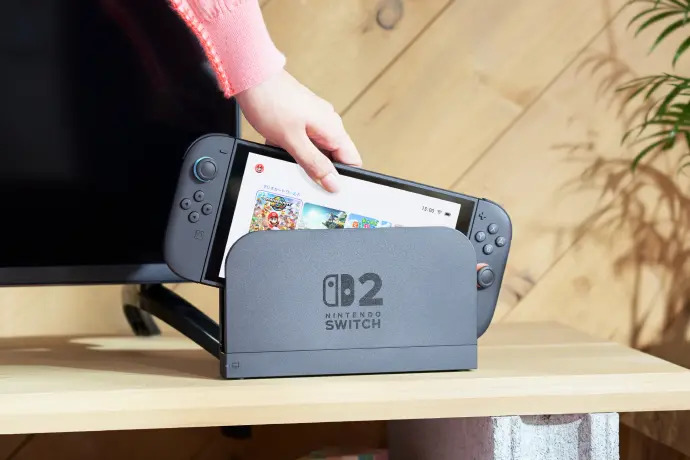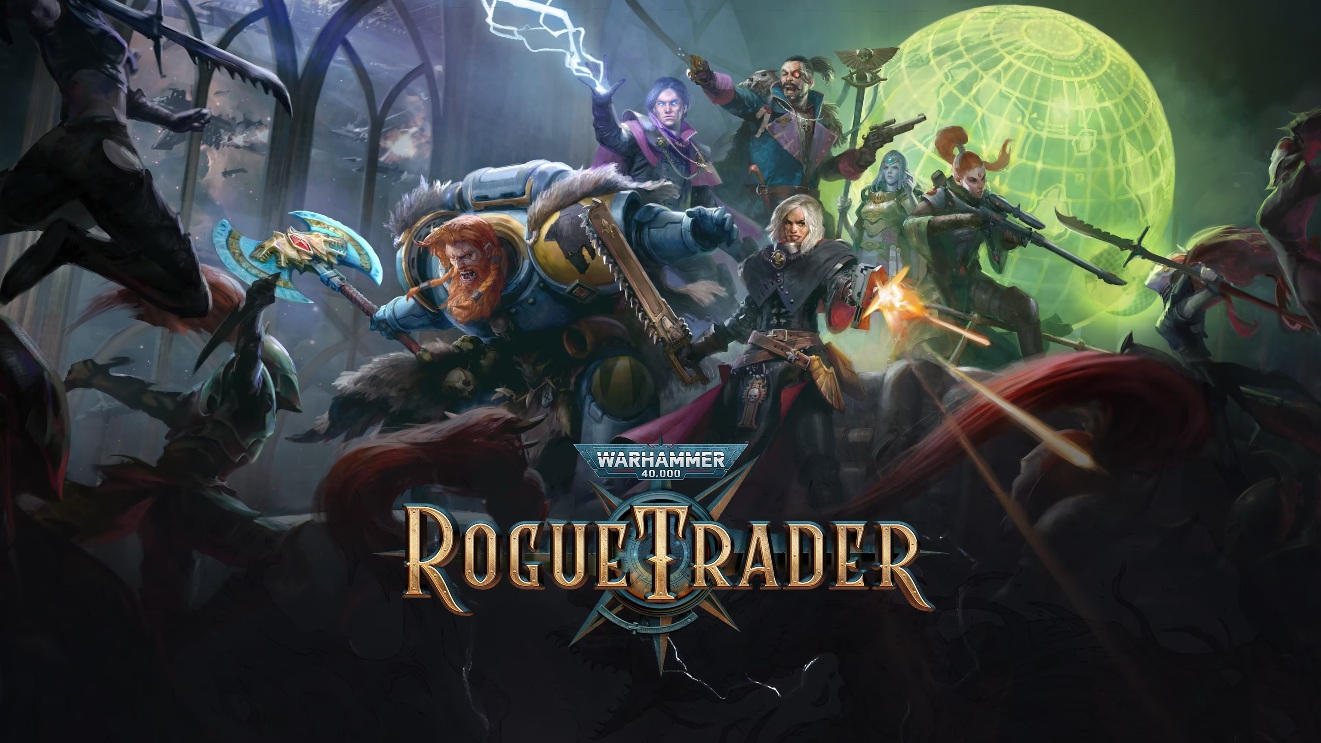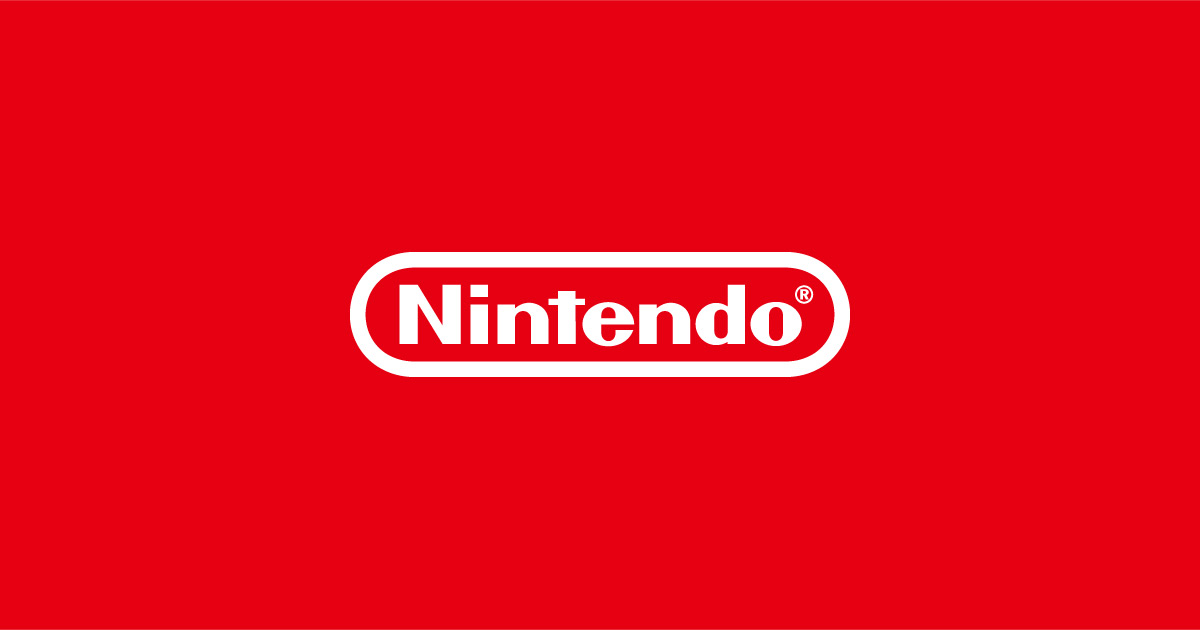Since its launch several months ago, the Nintendo Switch 2 has bolstered Nintendo’s hardware portfolio, earning robust sales figures and an enthusiastic response from both first-party titles and an expanding roster of third-party games.
Released as the successor to the widely popular Nintendo Switch, the Switch 2 quickly became a cornerstone of Nintendo’s platform strategy, merging portable and home console gaming for millions of users worldwide. However, recent reports highlight a significant hurdle facing third-party developers: difficulties in securing development kits for the Nintendo Switch 2.
According to information shared by Digital Foundry, a reputable technology analysis outlet, many studios outside Nintendo’s internal teams are still struggling to obtain the necessary hardware for developing and optimizing their games on the new console. On a recent episode of the Digital Foundry podcast, host John Linneman detailed conversations he had with a number of developers during Gamescom 2025.
Linneman explained that while many software creators are enthusiastic about the prospects of bringing their projects to the Nintendo Switch 2, access to development kits remains constrained.
"The developers I spoke to mentioned a strong interest in Switch 2, but relayed that kits are simply not available to them at this time," Linneman summarized.
He further noted that several teams have been encouraged to continue shipping titles for the original Nintendo Switch and to leverage the backward compatibility features of the Switch 2 to reach the new audience. Digital Foundry corroborated this sentiment, referencing additional feedback heard within industry circles about an irregular pattern of distribution—some studios, including well-established AAA developers, have not received dev kits, while others with less prominent portfolios have gained access.
The team described this as a series of "unusual exclusions and inclusions," highlighting Nintendo’s ongoing selective approach to hardware distribution. Notably, this trend is consistent with earlier remarks made by Digital Foundry in the months leading up to the console’s release.
Reports prior to launch suggested that Nintendo maintained a cautious posture, opting to allocate development tools judiciously, perhaps to protect proprietary features or mitigate leaks around the new hardware. This implementation of strict dev kit distribution protocols underscores Nintendo’s reputation for prioritizing internal projects and carefully curating its relationships with external partners.
As first-party and select third-party titles continue to arrive on the Switch 2 and drive its growing software library, the broader developer community is likely to keep pressing for greater access in the months ahead. The broader implications of limited Switch 2 dev kit access mean that some eagerly anticipated third-party titles may see delays or rely on backward compatibility for the time being.
Industry observers and developers alike will continue to monitor how Nintendo evolves its distribution practices, especially as the Switch 2 cements its place in the competitive console market.
Released as the successor to the widely popular Nintendo Switch, the Switch 2 quickly became a cornerstone of Nintendo’s platform strategy, merging portable and home console gaming for millions of users worldwide. However, recent reports highlight a significant hurdle facing third-party developers: difficulties in securing development kits for the Nintendo Switch 2.
According to information shared by Digital Foundry, a reputable technology analysis outlet, many studios outside Nintendo’s internal teams are still struggling to obtain the necessary hardware for developing and optimizing their games on the new console. On a recent episode of the Digital Foundry podcast, host John Linneman detailed conversations he had with a number of developers during Gamescom 2025.
Linneman explained that while many software creators are enthusiastic about the prospects of bringing their projects to the Nintendo Switch 2, access to development kits remains constrained.
"The developers I spoke to mentioned a strong interest in Switch 2, but relayed that kits are simply not available to them at this time," Linneman summarized.
He further noted that several teams have been encouraged to continue shipping titles for the original Nintendo Switch and to leverage the backward compatibility features of the Switch 2 to reach the new audience. Digital Foundry corroborated this sentiment, referencing additional feedback heard within industry circles about an irregular pattern of distribution—some studios, including well-established AAA developers, have not received dev kits, while others with less prominent portfolios have gained access.
The team described this as a series of "unusual exclusions and inclusions," highlighting Nintendo’s ongoing selective approach to hardware distribution. Notably, this trend is consistent with earlier remarks made by Digital Foundry in the months leading up to the console’s release.
Reports prior to launch suggested that Nintendo maintained a cautious posture, opting to allocate development tools judiciously, perhaps to protect proprietary features or mitigate leaks around the new hardware. This implementation of strict dev kit distribution protocols underscores Nintendo’s reputation for prioritizing internal projects and carefully curating its relationships with external partners.
As first-party and select third-party titles continue to arrive on the Switch 2 and drive its growing software library, the broader developer community is likely to keep pressing for greater access in the months ahead. The broader implications of limited Switch 2 dev kit access mean that some eagerly anticipated third-party titles may see delays or rely on backward compatibility for the time being.
Industry observers and developers alike will continue to monitor how Nintendo evolves its distribution practices, especially as the Switch 2 cements its place in the competitive console market.





